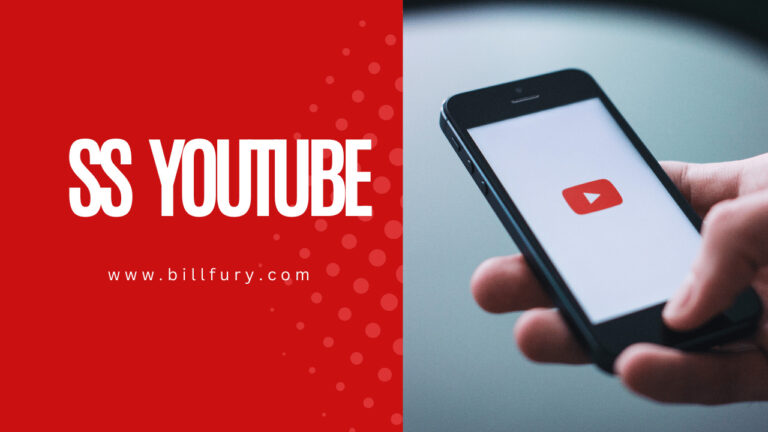PR and Marketing: What’s the Difference & How to Make Them Work Together?
Marketing and public relations exist in the same universe and can have overlapping responsibilities and goals. Even professionals in these industries mistake them for being the same thing because they have the same objective—to build a company reputation, create brand awareness, and boost sales. Yet, they are different fields.
In this article, we will explain what marketing and public relations are, the major differences between the two, and how you can make them work together for the benefit of your company.
What Is Marketing?
The number one goal of marketing is drawing sales, and this goal is achieved by promoting company services, products, or ideas. Marketing is focused on understanding customer needs and wants and figuring out how to meet them.
Simply put, marketing is any type of promotion you use to convert leads into customers. It is a sales generation tool, and as such, it has its own channels of communication.
Here are some of the most used marketing channels:
- Company website
- Paid ads
- Email marketing
- Content marketing
- Social media marketing
- Influencer marketing
- Search engine optimization (SEO)
What Is Public Relations (PR)?
Public relations is directed at managing the reputation of a brand, company, or organization. It is a strategic process of promoting a positive impression of an organization or brand through various communication channels with the public and stakeholders.
Public relations are all about presenting a good image of the brand to the public or raising brand awareness. What PR channels your company will use will depend on factors such as whether you are trying to promote a new product or company rebrand, entice stakeholders to invest, or deal with a crisis.
PR communication channels include:
- Business events and product launches
- Interviews with the media
- Press releases
- Media alerts
- Articles in the business press and trade publications
Differences Between Public Relations and Marketing
The primary difference between PR and marketing is that marketing is focused on promoting a product, service, or idea with the main goal of increasing sales, while public relations is focused on building a positive reputation for the company overall.
While both activities rely on the same core strategy—creating awareness–their strategies, focus, and measurements of success have dissimilarities.
Here’s a breakdown of their differences.
| Public Relations | Marketing |
| Two-way communication, which is about a dialogue with the public Records growth using the metrics of, for example, how many awards the company won, positive media visibility generated, engagement recorded, etc. PR audience is made of stakeholders, employees, the media, consumers, and in some cases, even the government Daily activities in public relations include reaching out to journalists, maintaining relationships, writing press releases, etc. PR is employed at the beginning of the process to build the brand or company PR is a long-term effort that may change or grow as the company moves forward Public relations seek to create trust and awareness | One-way communication where the audience receives information about company products but does not answer back Records growth using the metrics called ROIs for overall marketing and advertising campaigns, sales recorded, and traffic generation for products or services Marketing target audience consists of the customers and potential customers Daily activities in marketing are creating ads, developing campaigns, setting up a budget, analyzing data, etc. Marketing is an activity that typically comes after a brand or a company has been established Marketing is a short-term discipline used to drive immediate purchases. Marketing is used to create demand |
Why PR and Marketing Must Work Together?
A study conducted by the USC Annenberg Center for Public Relations suggests that combining PR and marketing tactics could be the key to unlocking a better future for company branding, exposure, and revenue.
Here are two ways you can capitalize on this interdepartmental symbiosis to achieve greater success in your business overall.
- Combine Marketing Data with a PR Story
Marketing’s job is to gather and analyze customer data based on marketing campaigns, and PR’s job is to create meaningful content or experiences that resonate with customers.
However, the study above suggests that over half of the PR professionals see their profession will overlap with marketing in the coming years.
A marketing campaign without a captivating story will lose traction quickly, while PR without data analytics does not allow businesses to measure ROI.
Marketing analyzes data corresponding to weekly events. Public relations speak directly to customers. The former has information about client reactions, while the latter initiates contact or interactions based on that data.
So, the combination of PR and marketing will allow you to combine both the art and the science of relating to consumers, which will ultimately boost your bottom line more quickly and effectively.
- Take Your Brand Story to the Right Channel
As we mentioned before, PR professionals are great at telling a company’s story. Their job is to create an emotional string between a company and your audience in order to drive brand awareness and foster trust in your company.
According to the above-mentioned study conducted by USC Annenberg Center for Public Relations, PR professionals have identified storytelling as the most crucial campaign tool in the near future. However, the channels for reaching customers have multiplied tremendously in recent years, making it vastly more difficult for PR professionals to understand where to tell that story.
This is where marketers excel: marketing is able to identify and even predict which communicating channel the company’s message will be heard on the most through data analysis and A/B testing of campaign results. Through their work together, PR and marketing will provide insight into how the other department ticks, and that will lead to a more cohesive company story that is sure to be heard by the right people.
If you’re looking to hire a company that offers PR and marketing services, check out DesignRush. DesignRush is a B2B marketplace that connects businesses with top digital agencies.
Conclusion
Although PR and marketing are similar, they cannot be interchanged. While PR is heavily directed at reputation management and maximizing the reach for news stories, interviews, and announcements, marketing focuses on attracting new buyers, retaining current customers, and storytelling.
Both have a significant impact on the process of enhancing brand equity, client loyalty, and positive perception of the brand. However, if you combine them properly, your company will enjoy effective communication management with its stakeholders, the public, and consumers.
This approach will be profitable in the long run because a one-time marketing campaign can bring eyes to your product, but PR combined with marketing will lead to a more powerful intellectual depth brand message than a simple “buy our product.”
Powerful and creative brand messages are crucial to positioning a product and making it stand out, and that is a goal of every business, isn’t it?







